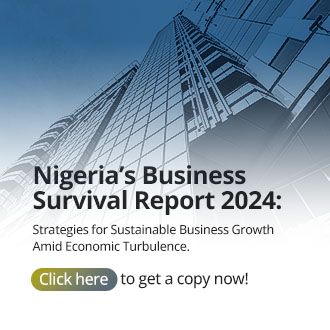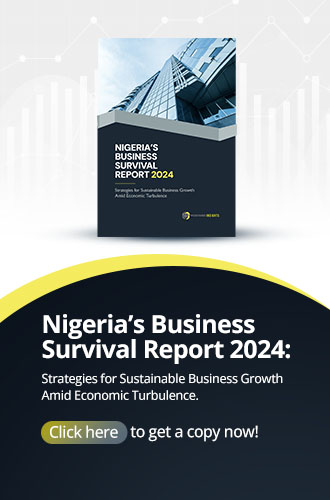To tackle its growing hunger crisis, Africa will need a structural transformation of its food systems. How would this transformation be funded?

2022 has not been the easiest year for Africa in terms of food security. Entire food systems have been decimated by different factors ranging from extreme weather events and food price inflation to geopolitical conflicts and supply chain disruptions. These problems are not going to disappear any time soon. Africa’s population is growing and the effects of climate change are only going to further aggravate the present difficulties. Therefore, it is imperative that African countries begin to critically examine their food systems and make changes to ensure food security for their people, especially as the continent is vulnerable in a lot of ways.
Africa might be the most vulnerable continent in the world to climate change and its effects. In the west of the continent, a country like Nigeria is presently suffering from land degradation. More land is becoming unsuitable to farm with drivers ranging from unsustainable farming practices to desertification. In the east, countries like Uganda, Kenya, and Madagascar have suffered prolonged and increasingly frequent droughts.
Water-related risks will be become frequent in the future with declining water volumes in rivers and less rainfall. As a result of these problems and more, a lot of African countries rely on imports to meet food demand, and the source of a lot of those imports, the Russia/Ukraine region, has been lost due to conflict between those countries.
What needs to be done?
According to research carried out by the African Development Bank (AfDB) and reported in the Alliance for a Green Revolution in Africa’s (AGRA) latest Africa Agriculture Status Report, the continent presently has much as 25% of the world’s undeveloped arable land. The AfDB also estimates that if agricultural performance were at peak capacity, output could rise from its present figure of US$280 billion to as much as US$1 trillion. To attain this growth, Africa’s food systems will have to undergo structural transformation.
Structural transformation is to quote the report: “a process of agricultural and industrial upgrading, technological innovation, and continuous diversification that requires growth-enhancing investments”. That definition implies a holistic process, from varying and diversifying farming processes and practices, to innovations in agricultural technology.
When one examines the obstacles to this transformation, a common line runs through. These challenges range from the prevalence of subsistence agriculture to high cost of credit and inadequate government intervention and mobilization. These are all in one way or the other linked to a lack of funding in agriculture and food systems.
How much investment is required?
In it 2016 Feed Africa report, the AfDB estimated that structural transformation of a selected 18 value chains will require US$315-400 billion in investment between 2016-2025 through a mixture of public and private sector funding. In more recent analysis, research carried out by New Growth International (NGI) estimates that transformation of the agrifood sector in Africa will demand US$76.8 billion a year from 2022 to 2030, with 20% of that figure coming from the public sector and the rest from the private sector.
The balance between public and private sector funding is crucial. As seen when the figures on the chart above are compared with those in the various reports, public sector infrastructure can only meet a small percentage of the funding required to transform Africa’s food systems. AGRA estimates a public-to-private sector ratio of 1:2.5; for a US$1 million coming from the public sector, US$2.5 million will be required through private financing.
This is where crowding in becomes essential. This is where increased government spending in turn leads to private investment. Targeted public sector spending can produce results which will then serve as a proof-of-concept, incentivizng the private sector to inject capital into agricultural value chains. In a later article, Mustard Insights will discuss to whom and how this funding needs to be distributed and utilized.
Conclusion
One thing is clear: African governments must pay more attention to the national food systems, allocating more monetary and technical resources. However, it’s not a burden the public sector alone can carry; co-operation with the private sector is crucial. Financing must be coordinated, systematic, and strategic, with high levels of accountability and optimal resource allocation. Funding agriculture and reforming food systems will not just provide food security; it also has the potential to create jobs across the value chain and drive GDP growth.
Will FTX's Collapse Lead to Crypto Regulation?
Comments
Thoughts?
We won't share your email address. All fields are required.

Ogo
2 years agoAfrican countries spending so much money on food value chains. The continent should be self sufficient by now